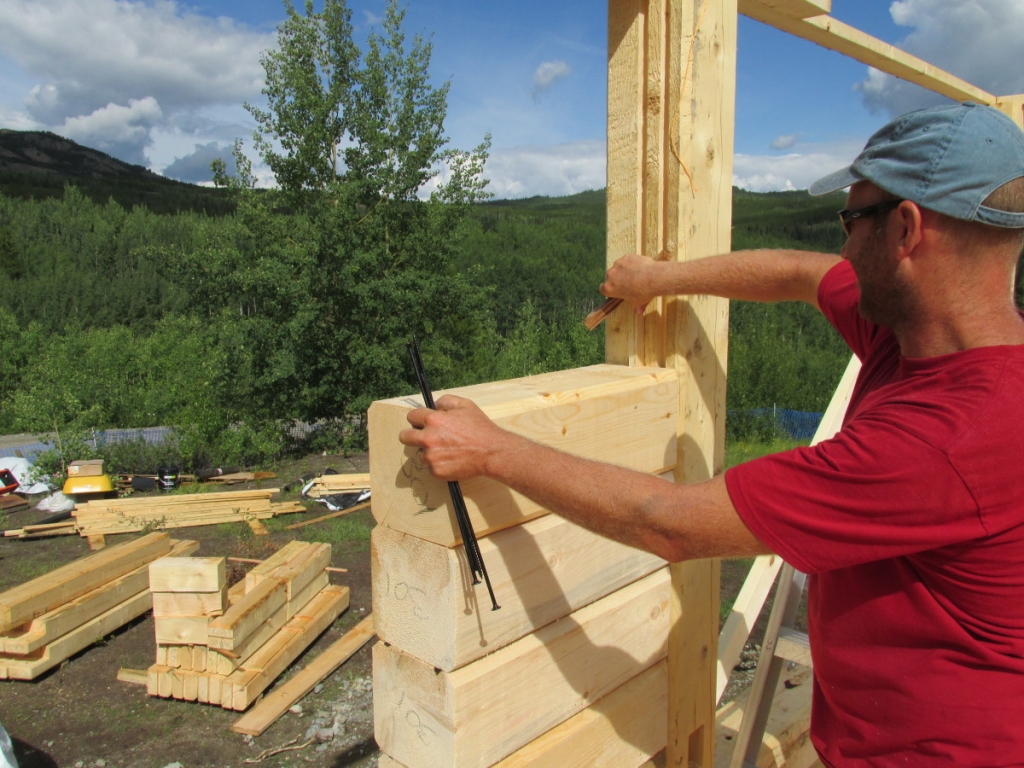ECOLOGICAL FOOTPRINT
Environmental impact is more than just the energy used for heating. Look at the full life-cycle of a house to trace the energy consumed, the carbon released or stored, and the land and resource impacts of different building technologies to understand the ecological footprint of a structure.
At Heartland Timber Homes, we are proud that our timber comes from best sustainable forestry practices, including salvage logging. Our short-timber building system (no timber longer than 9 feet) uses a common timber type. There are many trees that can produce an 8” or 10” thick timber in thier first 10 feet. But 30’ or 40’ cabin logs are much less common.
Moreover, the energy used in producing a Heartland Timber Home is but a fraction of that needed to produce a house built of synthetic materials. After all, solid timber is manufactured in a “solar factory” and it stores carbon – it doesn’t release it. Because we salvage standing dry trees, we do not even have to use energy in a kiln.
Timber homes last longer than conventional homes, and at the end of their long life, they can be safely and cleanly decommissioned. On a year-round basis, the energy used for winter heating and summer cooling is efficient indeed.
Look at the “Life-cycle Ecological Footprint” graph below which compares the environmental impacts caused by the most common buildings. Solid timber is but a fraction of any of the others.

Read the full report on the life-cycle impact analysis prepared by the Athena Institute.

